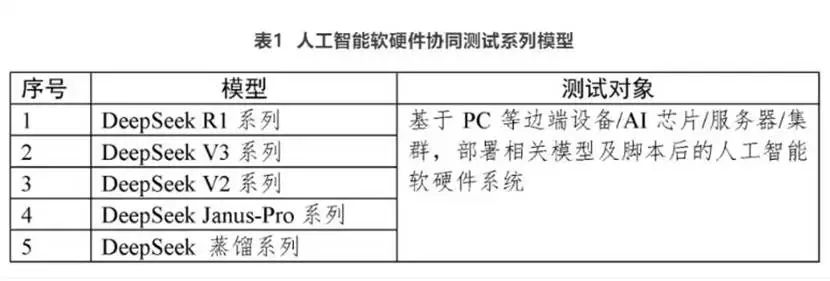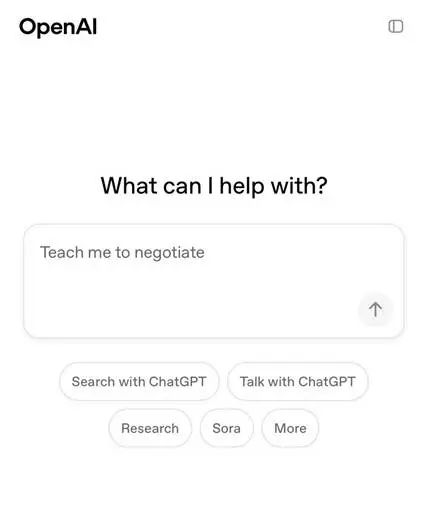Apps Without DeepSeek Integration Fall Short as AI Agents
![]() 02/19 2025
02/19 2025
![]() 373
373
At the dawn of 2025, China's tech landscape witnessed an unprecedented spectacle: from government service kiosks equipped with smart customer service, to weather forecast apps on mobile phones, to self-checkout machines in neighborhood convenience stores—any product tinged with "intelligence" was feverishly integrating with an AI giant named DeepSeek.
Guangdong province spearheaded this trend. The government system in Shenzhen's Longgang District quietly unveiled the DeepSeek-R1 full-scale model. Citizens now encounter AI civil servants who comprehend intricate queries like, "I want to settle down, but my social security has lapsed for three months. What should I do?" instead of mechanical Q&A bots. Dongguan swiftly followed suit, incorporating DeepSeek into its extensive AI model center, boasting that it would expedite "enterprise certification speeds beyond that of milk tea deliveries." Even more aggressive, Guangzhou rolled out a dual-model combination of DeepSeek-R1 and V3 671B, leveraging integrated government data to utilize sophisticated terms like "chain reaction."

The corporate sector was equally competitive. The three major telecom operators collectively announced their DeepSeek integration. Customer service hotlines at China Mobile, China Telecom, and China Unicom saw the AI that once prompted users to press "0" for human assistance become significantly more empathetic. WeChat Search conducted a gray-scale test to integrate DeepSeek, offering unfettered access to the full-fledged DeepSeek-R1 model. Baidu Search declared full integration with DeepSeek and the latest deep search capabilities of the ERNIE Bot large model. JD Health introduced digital doctors, incorporating models like DeepSeek to enhance AI-assisted diagnostic tools. Mobile phone manufacturers hastily performed overnight OTA upgrades, feeling the embarrassment of not proclaiming "powered by DeepSeek" on their launch event presentations. Even US giants like Microsoft, Amazon, and NVIDIA couldn't remain idle. On January 31, all three announced the integration of DeepSeek-R1 into their cloud platforms, creating a scene akin to a tech version of "Three Heroes Fight Lv Bu."


One of the most absurd revelations came from a netizen: even the uncle selling crepes at the community gate was studying how to use DeepSeek to optimize his sauce ratio. While the authenticity of this claim is questionable, it aptly illustrates that in 2025, China's AI competition had spilled over from laboratories to local vegetable markets.
CAICT's Move: Equipping Domestic AI with "Iron Man Armor"
Just as DeepSeek seemed poised to dominate the field, on February 14, the China Academy of Information and Communications Technology (CAICT) dealt a "royal flush"—initiating the DeepSeek localization adaptation evaluation with the aim of "making Chinese AI both swift and stable."
This evaluation serves as the "college entrance exam" for the AI industry: it not only assesses DeepSeek's adaptation on domestic chips and servers (akin to testing "on how many types of domestic running shoes can it sprint"), but also evaluates development and deployment costs (calculating "how much it costs to make a pair of running shoes"). The evaluation tool AISHPerf is replete with cutting-edge technology, from inference speed to fine-tuning efficiency, showcasing the AI hardware and software collaboration capabilities to their fullest extent.
The underlying ambition is clear: China seeks not just a capable large model but a comprehensive, independent AI ecosystem spanning from chips to clusters. Similar to Huawei's vigorous pursuit of the Hongmeng system after supply disruptions, the CAICT's combined measures evidently aim to equip DeepSeek with a full array of domestic "equipment"—domestic chip manufacturers like Loongson, Ascend, and Cambrian Intelligence are poised to act, awaiting the evaluation results to initiate an "AI arms race."

Interestingly, before the evaluation concluded, the Guangdong government system had already adopted a "same as evaluation" deployment solution. Netizens quipped: "Is this an evaluation or a live exercise?"
GPT-4o Upgraded to O3 Pro: OpenAI's Anxiety and China's "Encircling Cities from the Countryside"
As China's AI scene thrived, on February 16, OpenAI CEO Sam Altman unexpectedly announced that the GPT-4o model had been upgraded to O3 Pro level, boasting a 40% increase in logical reasoning capability. Upon hearing this news, Silicon Valley venture capitalists collectively reached a fever pitch, and NASDAQ AI-related stocks surged accordingly.

However, astute observers could discern the anxiety lurking behind this "technical victory"—after all, in the past six months, two questions have consistently haunted OpenAI's financial report meetings: "Why is the growth rate of DeepSeek's Chinese users three times ours?" and "Why does NVIDIA prefer adapting to DeepSeek over responding to our calls?"
The script of the AI competition between China and the US is being rewritten. If the GPT series follows an "elite route" (relying on top-tier laboratories and exorbitant computing power to build technical barriers), then DeepSeek plays a "mass war": its open-source strategy allows small businesses to leverage large models, government cooperation integrates AI into service halls, and it even offers a "1.5B lightweight version" enabling pancake stall owners to run AI on their mobile phones. This "encircling skyscrapers from farmland" approach has directly increased China's AI penetration rate by 217% in half a year.
What troubles the West even more is the hardware breakthrough. While NVIDIA still fortifies walls with CUDA technology, the DeepSeek team has bypassed the moat and directly executed "extreme operations" with the PTX language on domestic GPUs—doubling the training speed under the same computing power, forcibly elevating the cost-effectiveness of domestic chips to a new dimension. In the words of industry insiders: "Previously, we were chasing CUDA adaptation, but now Huang Renxun has to figure out how to be compatible with our ecosystem."
The Era of AI Democratization: Apps Without "Agents" are Disappearing
This wave is reshaping industry norms. A product director from an internet giant privately lamented: "Now, during requirements review meetings, the boss's first question is 'Have you integrated with DeepSeek?' If not, the requirements document goes straight to the shredder."
Three major trends have become inevitable:
1. Government AI: The "chain reaction" pilot in Guangdong is merely the beginning. In the future, obtaining a passport might be quicker than ordering takeout;
2. Enterprise Standardization: Telecom operators, banks, hospitals not integrating with DeepSeek? Brace for being labeled as "antique institutions" by users;
3. Personal Geekification: The playback volume of Bilibili tutorials reveals that the post-00s generation prefers tinkering with DeepSeek using APIs and clients. Some have even created an "AI jerk detector assistant."
Apps that haven't moved are facing "dimensionality reduction attacks." An e-commerce platform once proudly declared, "Our recommendation algorithm is two years ahead of the industry." However, netizens' actual tests revealed that competitors integrated with DeepSeek could even discern the psychology of "users wanting to buy a mop but hesitant to discard their old broom"—under the technological generation gap, the arrogant will inevitably be outpaced.
The Future is Here: China's "Three-Body Era" of AI
Looking back from 2025, DeepSeek's explosion was no coincidence. It aligned with three historical nodes: the technical window for domestic substitution, the market explosion for AI democratization, and the strategic hedging period for the China-US tech war. As the CAICT lays the foundation for the domestic AI ecosystem through evaluations, as the Guangdong government system transforms large models into "digital civil servants," and as pancake stall owners use AI to optimize their cooking, a more profound transformation is underway—
AI is no longer "future technology" but an infrastructure akin to water, electricity, and coal. Businesses still on the fence will soon grasp a harsh reality: in the intelligent world of 2025, there are only two paths to survival—either become "DeepSeek+" yourself or be engulfed by the wave of "DeepSeek+."
As for OpenAI? May they find joy in their "elite club." After all, in China, even square dancing aunties know: "For intelligence, find DeepSeek!" (This sentence is recommended to be read in a Hebei Tangshan accent for optimal effect)








